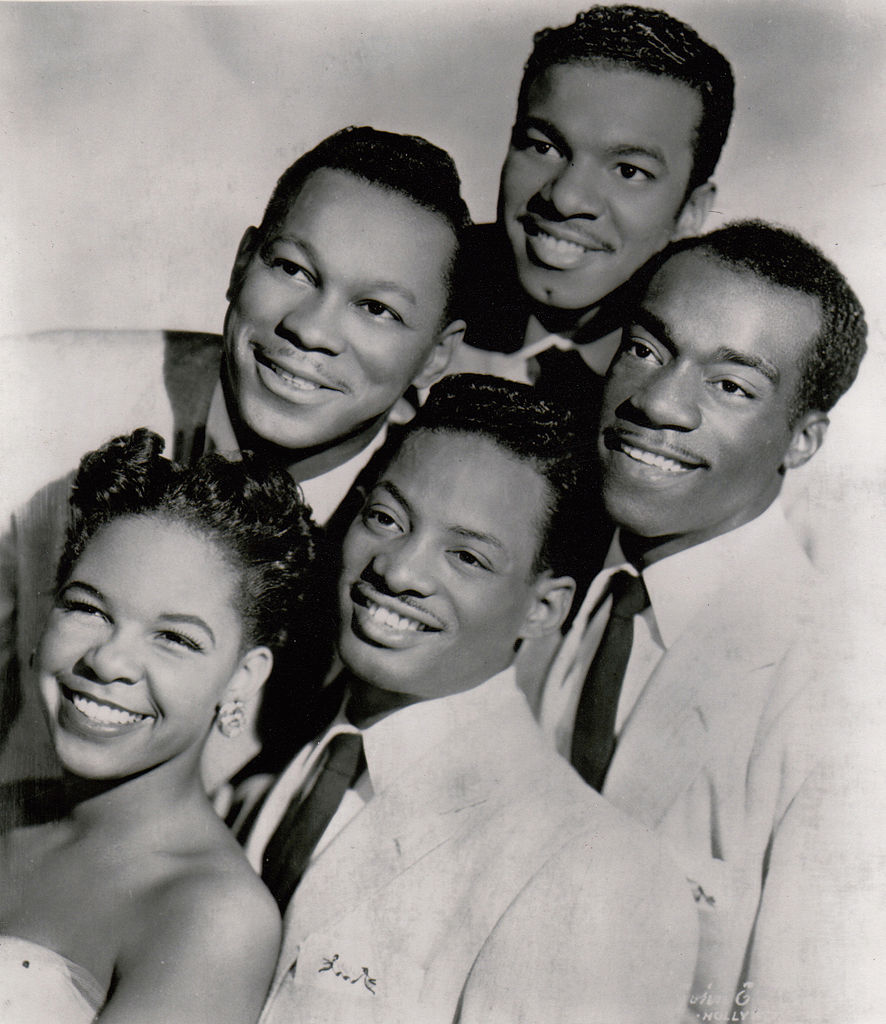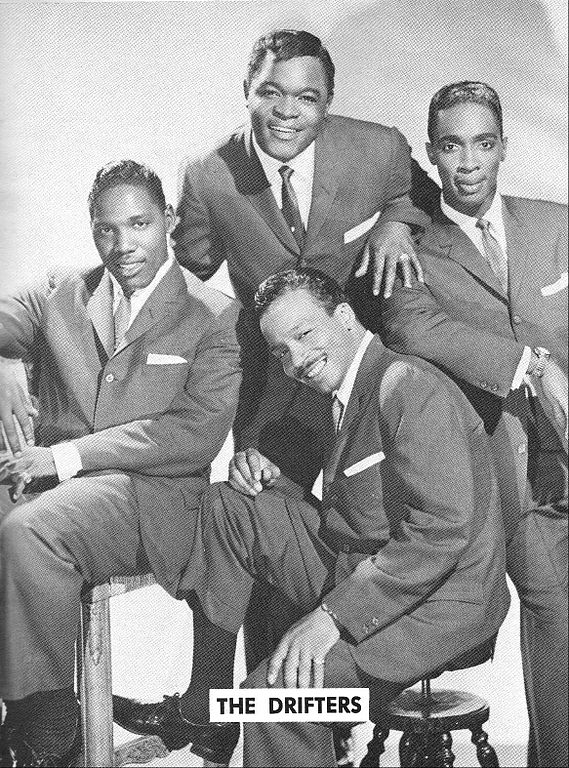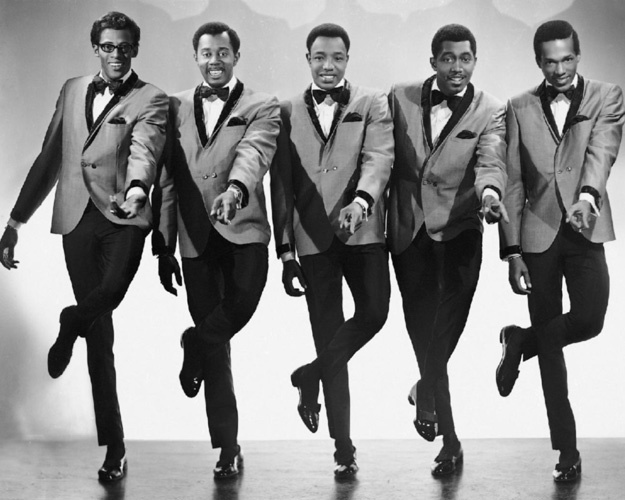Harlem Late Night jazz Presents:
Doo-wop: 1945
HARLEM LATE NIGHT JAZZ Presents:
Doo-wop: 1945
The Jazz History Tree
Doo-wop is a subcategory that focuses on vocal jazz. This includes group harmony, a wide range of vocal parts, scat-like syllables, light or no instrumentation, and R & B rhythms and lyrics. The term doo-wop is derived from the sounds made by providing harmonic background for a lead singer. In The Delta Rhythm Boys’ 1945 recording, “Just A Sittin’ And A-Rockin’,” doo-wop is heard in the backing vocal. It is heard later in the Clovers’ 1953 release “Good Lovin’” (Atlantic Records 1000), and in the chorus of Carlyle Dundee & The Dundees’ 1954 song “Never” (Space Records 201). The first record to use “doo-wop” in the refrain was The Turbans’ 1955 hit.1
Doo-wop was born in the urban ghettos from blending rhythm and blues, gospel, and popular black vocal group music in the post-World War II era. Teens, usually black males, practiced vocal harmonies in school gyms, on street corners, and at subway entrances, often singing a cappella. Doo-wop became very popular in the 1950s and 60s, particularly in urban ghettos.
The structure of doo-wop music generally featured a tenor lead vocalist singing the melody of the song, with a trio or quartet singing background harmony. The roots of doo-wop can be found recorded as early as the 1930s and ’40s with the Mills Brothers and the Ink Spots. This influence is best exhibited in the remakes of the Ink Spots’ hit records “My Prayer” (1956) by the Platters and “If I Didn’t Care” (1970) by the Moments. In fact, Motown’s premier male group of the 1960s and ’70s, the Temptations, had a vocal sound that was based in this classic doo-wop style. Doo-wop is also heard in the music of the Miracles, particularly in their early hits such as “Bad Girl,” “Who’s Loving You,” “(You Can) Depend on Me,” and “Ooo Baby Baby.”2 Early Curtis Mayfield recordings with the Impressions, such as “Never Let me Go,” “See The Real Me,” and “For Your Precious Love,” featured classic doo-wop style. There was also a school of female doo-wop groups, best exemplified by the Chantels, the Shirelles, and Patti LaBelle and the Bluebelles. Young Italian Americans in urban areas also adopted this style, exemplified in such groups as Dion and the Belmonts, Randy & the Rainbows, and the Four Seasons.3
Notable musicians of the movement include the Platters, the Drifters, the Flamingos, Little Anthony and the Imperials, Frankie Lymon and the Teenagers, the Marvelettes, the Shirelles, the Coasters, the Crests, the Orioles, the Del Vikings, the Spaniels, the Five Satins, the Impressions, the Cadillacs, t Dion and the Belmonts,he Diamonds, and the Penguins, to name a few.



Footnotes:
1 Earl Reinhalter, “Where’d We Get the Name Doo-wop?” Earl P. Reinhalter, 1997-2012, electricearl.com.
2 Don Traynor, “Brian Pop Genius!” Melody Maker, May 21, 1966.
3 Stephen Holden, “POP VIEW; ‘The Deep Forbidden Music’: How Doo-Wop Casts Its Spell,” New York Times, May 29, 1994, https://www.nytimes.com/1994/05/29/arts/pop-view-the-deep-forbidden-music-how-doo-wop-casts-its-spell.html.